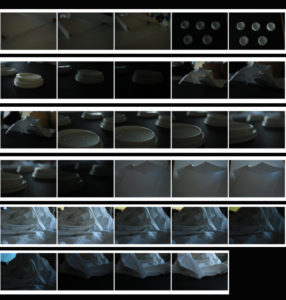What is ISO?
Generally, the ISO is the indication of how sensitive a camera is to the light around it.
It’s measured in numbers that are: 100, 200, 400.800 and 1600 (100 being the darkest outcome with the lowest amount of noise and 1600 being the brightest with larger amounts of noise/grain).
The lower the ISO number, the lower the sensitivity of the digital sensor to light (which means that more light needs to hit the digital sensor to get proper exposure). So, ISO 400 is twice as sensitive to light as ISO 200.
There are situations where the amount of lighting you are dealt with is not quite enough for your image. This is an indicator that you need to increase your ISO setting. Typical examples include:
- Low light conditions (indoors). In this case, the amount of natural light is not enough for your camera to get the correct exposure even with using the longest shutter speed and widest aperture without using a flash.
- Your subject is too far away for your camera’s flash to have any effect. To properly expose your photograph, you need to increase your ISO.
- Low light conditions (night). If you want to take photos at night, you will need to increase your ISO.
Experimenting With Different ISO:


